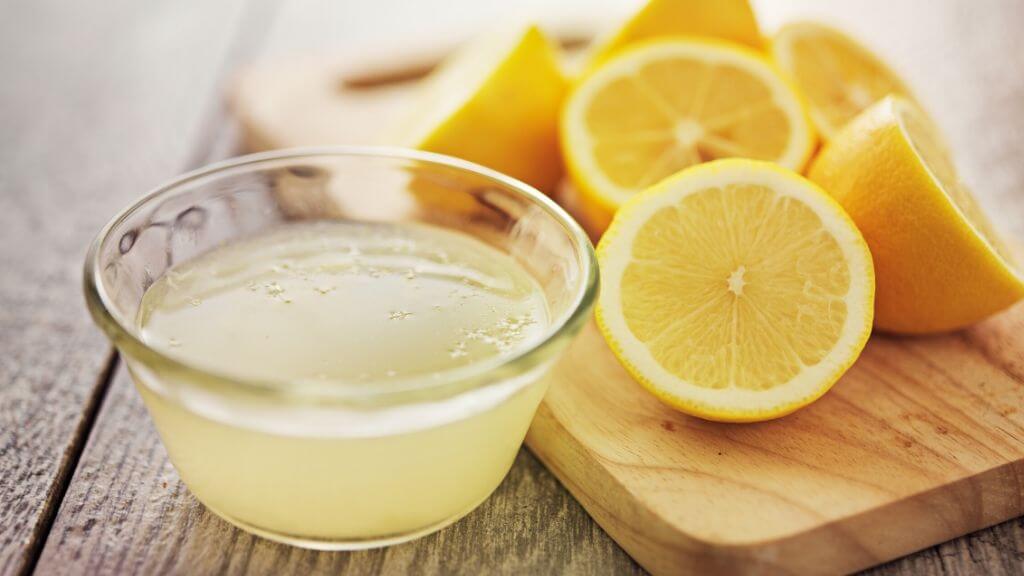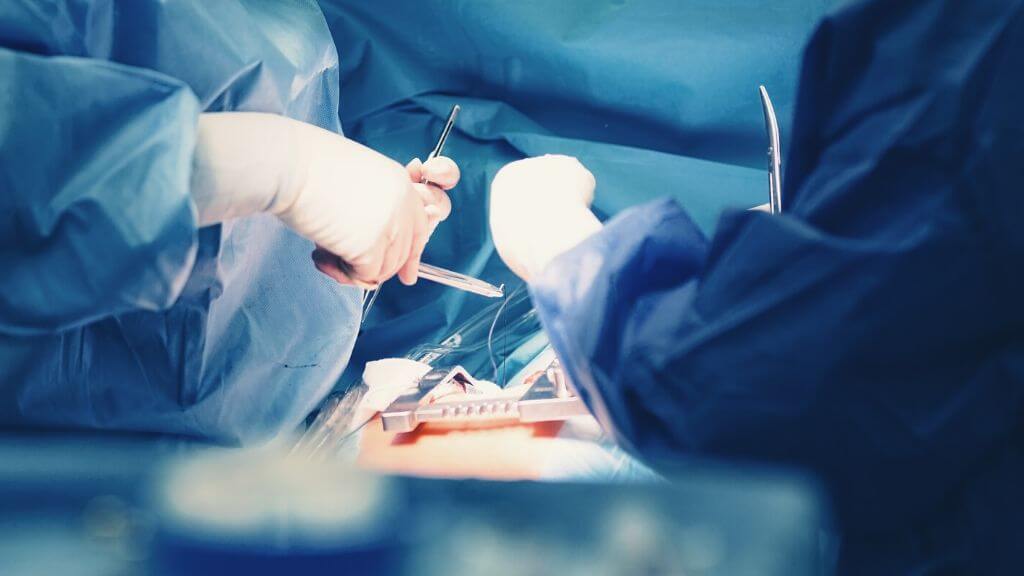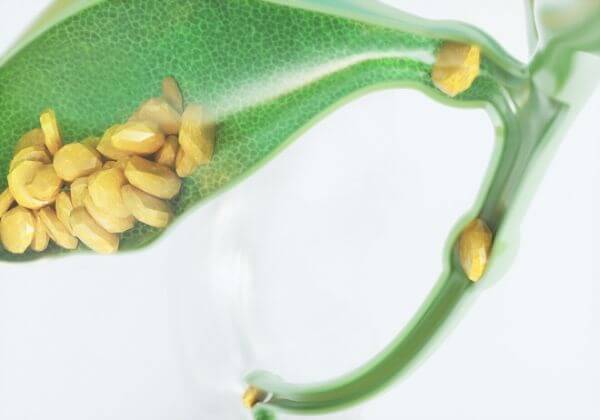Ten percent of your urine is made of minerals like salt, while the majority is made of water. When concentrated urine hardens, it forms crystallized minerals known as bladder stones.
Depending on the type of minerals in the urine, concentrated urine varies in color. Bladder stones are almost always the result of dehydration, which can have an effect on urine color. This dehydration and the formation of bladder stones are usually the results of an underlying condition requiring medical attention.
Bladder Stones Causes
Bladder stones usually form as a result of an underlying urinary tract problem. Other conditions known to contribute to bladder stone development include:
♦ Infection: Urinary tract infections are common causes of bladder stones.
♦ Enlarged prostate: The prostate gland surrounds your urethra, so when enlarged, the pressure is increased on this tube, which interferes with urination.
♦ Damaged urethra: Illness, disease, and trauma can all damage the urethra, which can cause it to narrow and block the flow of urine.
♦ Weak bladder: When the walls of your bladder become weak, they form pouches that bulge outwards, and urine can build.
♦ Neurogenic bladder: This condition affects the nerves to the bladder muscles, and if damaged, your bladder muscles may not know when to contract, which allows urine to collect in your bladder to form stones.
♦ Kidney stones: These small stones can travel from your kidney into the bladder and can become bladder stones once they reach the bladder.
♦ Medical devices: Catheters and other medical devices can cause bladder stones.

Bladder Stones Symptoms
The most common symptoms of bladder stones include:
♦ Lower abdominal pain
♦ Frequent urination
♦ Bloody or cloudy urine
♦ Burning sensation when urinating
♦ Incontinence
♦ Bladder Stones Diagnosis
Your doctor will start with a physical exam, which will include a prostate exam to check if the gland has become enlarged. After the initial physical, diagnostic testing can be done to identify the cause of the bladder stones. Some of those tests include:
♦ Urinalysis to check the urine for crystallization and infection
♦ Ultrasound to look for the presence of stones in the bladder
♦ X-rays to identify abnormalities in the bladder
♦ Intravenous pyelogram, which uses a dye in the veins to highlight unusual formation in the bladder
Treatment for Bladder Stones
The typical treatment for bladder stones is a procedure known as cystolitholapaxy. Ultrasound waves are used to break the stones into smaller pieces so they can be more easily passed through urination.
A small tube with a camera at the end is placed into your urethra and passed into the bladder. The camera helps to locate the stones so the waves or laser energy can be effectively aimed. The procedure is done under anesthetic, and you will feel no pain.

Bladder Stones Diet
There is no diet that treats or prevents bladder stones, but there are certain things you can try to reduce discomfort caused by symptoms. The following items can help to break down bladder stones so that they can pass naturally much quicker.
♦ Drinking plenty of water
♦ Lemon juice is known to break down calcium deposits, so it naturally can break down some bladder stones and slow growth
♦ Apple cider vinegar also dissolves calcium deposits and can break down bladder stones
♦ Wheatgrass juice increases urine flow, promoting more opportunity for bladder stones to pass
Natural Treatment of Bladder Stones
There are no alternative treatment options for removing bladder stones outside of procedures to remove them and dietary modifications. The most natural treatment involves adding certain food products to your diet, as mentioned above.
It should be noted that while these natural therapies can help in the removal of bladder stones, the most effective treatment is medical removal. With early detection, you can have the stones removed before they become too large, and this is the best way to avoid more invasive procedures.
Bladder Stones Statistics
♦ 15 percent of men experience bladder stones as compared to 2 percent of women.
♦ A bacterial infection is associated with 19 percent of bladder stone cases.
♦ Bladder stones account for 15 percent of all stones in the urinary tract, second behind kidney stones.
♦ Bladder stones are more common in middle-aged to older men.
Bladder Stones and Surgery
Surgery is only required for bladder stones if they are too large to break down. The procedure is rarely performed but is sometimes necessary.

Surgery involves cutting into your bladder to remove the stones, and you are then stitched up. There is a strict recovery program to follow after surgery, and you must adhere to this to avoid complications or infection to the area. There is more pain after this surgery than with cystolitholapaxy, and recovery time is longer.
Bladder Stones and Children
Bladder stones can develop in young boys as a result of frequent urinary tract infections, incomplete urine emptying, and prior bladder surgeries. In some cases, boys will not have symptoms, but if the bladder stones roll around, the bladder they may experience symptoms similar to male adults.
Treatment for boys with bladder stones is the same as it is for adults, but surgical removal is left as a last resort only for larger stones.
What Is the Long-Term Outlook?
With prompt diagnosis, the outlook for bladder stones is positive. Following a successful procedure, you can work to prevent bladder problems by drinking plenty of water each day.
It is important that you speak with your doctor if you notice symptoms of bladder stones, so you can quickly identify if there is a more serious underlying cause to treat. If you notice any UTI symptoms after bladder stone removal, reach out for immediate medical attention.






